In browsing the Web, I saw that the Mayo Clinic, the Cleveland Clinic, the Berkeley Wellness Clinic, and Quest Diagnostics all offer Q10 blood concentration testing. Obviously, the administrators of these clinics and labs think that adequate levels of Q10 are important to our health. It is good to know that we can arrange with our family doctor to have the level of Q10 in our blood tested.
Much variability in Q10 blood levels
Many factors can affect the Q10 blood level of people who are not taking a Q10 supplement:
- age
- diet
- disease
- medications (for example, statin medications)
Basically, I would expect a 65-year-old American male to have an unsupplemented Q10 concentration in the blood of about 0.65 micrograms per milliliter (or 0.65 milligrams per liter). The 65-year-old American male’s unsupplemented Q10 level is, typically, about one-half of what it was at 21 years of age (1.37 ug/ml).
Q10 levels in the blood from the body’s own synthesis of the substance increase after (0.20 ug/ml) birth until about the age of 21 . Thereafter, the body’s synthesis of Q10 gradually decreases .
Supplementing regularly with Q10
If the 65-year-old American male takes a well-absorbed Q10 supplement every day – and we know that there is also great variability in the Q10 products on the market in the US – then I would expect the man to raise his Q10 blood level to 1.65 micrograms per milliliter of plasma or serum or more.
Much depends on the way in which the Q10 product has been prepared – prepared in such a way as to prevent the development of Q10 crystals in the capsule – and much depends on the dosage. Taking 30 milligrams or 50 milligrams of Q10 daily will not raise the Q10 level as much as taking 100 mg of Q10 daily will do. Taking 100 milligrams of Q10 twice daily will yield even greater gains in Q10 blood levels.
Raising Q10 blood levels with regular Q10 supplementation
A well-absorbed Q10 supplement such as the one used both in the Q-Symbio study (1) and in the KiSel-10 study (2) should over time raise the blood level to about 2.5 micrograms per milliliter if the individual is taking a 100-milligram dosage once a day. If he takes the same Q10 supplement in a dosage of 100 milligrams twice a day, he should, over time, raise the steady-state Q10 blood level to somewhere in the area of 3.5 micrograms per milliliter. But, the attainable levels will vary from individual to individual.
But, let’s take an example from actual research reported in 2003, a study enrolling Prague policemen with an average age of 43 years plus/minus 8 years. Note: these are young men, active men, who are predominately meat eaters (4). The policemen’s median baseline Q10 levels in serum was 1.26 micrograms per milliliter with baseline Q10 values of 0.82 mcg/mL at the 10th percentile and 1.83 mcg/mL at the 90th percentile.
Then, following two months of a single daily dose of 100 milligrams of Q10, the policemen showed a median increase in their Q10 serum levels of 1.36 micrograms per milliliter (zero increase at the 10th percentile and 2.17 mcg/mL at the 90th percentile of the group). Again, please note: the 1.36 micrograms per milliliter was the median increase.
Taking 100 mg of Q10 twice daily
Remember, studies have shown that taking 100 milligrams of Q10 twice a day (total: 200 milligrams per day) will increase the steady-state blood levels of Q10 even more. Three months in one study and six months in a second study of supplementation with 100 milligrams of Q10 twice a day gave relative increases of over 3.3 micrograms per milliliter (5,6).
Taking the Q10 supplement with a meal
It is important to take the Q10 supplement with a meal, and, in particular, with a meal or with meals that include some fat in the food. Q10 is lipid soluble. Its absorption will benefit from the presence of a little fat in the meal. If nothing else, I try to eat a spoonful of peanut butter during the meal when I am going to take my Q10 supplement.
Feeling safe with Q10 supplements
With respect to the safety of 100-milligram Coenzyme Q10 supplements, I can tell you that the Linus Pauling Institute Micronutrient Information Center at Oregon State University indicates on its website that up to 1200 milligrams of Q10 per day – 4 times the dosage used in the Q-Symbio study – has been recommended as the observed safe level.
This recommendation is based in part on the work of Shults and a team of researchers who reported in the Archives of Neurology that Q10 was well tolerated and safe to take at dosages of up to 1200 milligrams per day (3).
The Huntington Study Group treated patients with dosages of 600 milligrams of Q10 per day for periods up to 30 months and found no significant adverse side effects (7).
Q10 safe and important
Bottom line: we know that Q10 is important to our heart health. We know that Q10 is safe to take. And we know that we can have our blood tested to see how the Q10 concentration level rises when we take a daily supplement.
Sources:
- Mortensen SA, Rosenfeldt F, Kumar A, et al. The Effect of Coenzyme Q10 on Morbidity and Mortality in Chronic Heart Failure: Results From Q-SYMBIO: A Randomized Double-Blind Trial. JCHF. 2014;():. doi:10.1016/j.jchf.2014.06.008.
- Alehagen, U., Johansson, P., Björnstedt, M., Rosén, A., & Dahlström, U. (2013). Cardiovascular mortality and N-terminal-proBNP reduced after combined selenium and coenzyme Q10 supplementation: a 5-year prospective randomized double-blind placebo-controlled trial among elderly Swedish citizens. International Journal Of Cardiology, 167(5), 1860-1866. doi:10.1016/j.ijcard.2012.04.156.
- Shults, C. W., Oakes, D., Kieburtz, K., Beal, M. F., Haas, R., Plumb, S., & … Lew, M. (2002). Effects of coenzyme Q10 in early Parkinson disease: evidence of slowing of the functional decline. Archives of Neurology, 59(10), 1541-1550.
Huntington Study Group. (2001). A randomized, placebo-controlled trial of coenzyme Q10 and remacemide in Huntington’s disease. Neurology, 57(3), 397-404. - Zita, C., Overvad, K., Mortensen, S. A., Sindberg, C. D., Moesgaard, S., & Hunter, D. A. (2003). Serum coenzyme Q10 concentrations in healthy men supplemented with 30 mg or 100 mg coenzyme Q10 for two months in a randomised controlled study. Biofactors (Oxford, England), 18(1-4), 185-193.
- Fedacko, J., Pella, D., Fedackova, P., Hänninen, O., Tuomainen, P., Jarcuska, P., & … Littarru, G. P. (2013). Coenzyme Q(10) and selenium in statin-associated myopathy treatment. Canadian Journal Of Physiology And Pharmacology, 91(2), 165-170. doi:10.1139/cjpp-2012-0118.
- Eriksson, J. G., Forsén, T. J., Mortensen, S. A., & Rohde, M. (1999). The effect of coenzyme Q10 administration on metabolic control in patients with type 2 diabetes mellitus. Biofactors (Oxford, England), 9(2-4), 315-318.
- Huntington Study Group. (2001). A randomized, placebo-controlled trial of coenzyme Q10 and remacemide in Huntington’s disease. Neurology, 57(3), 397-404.


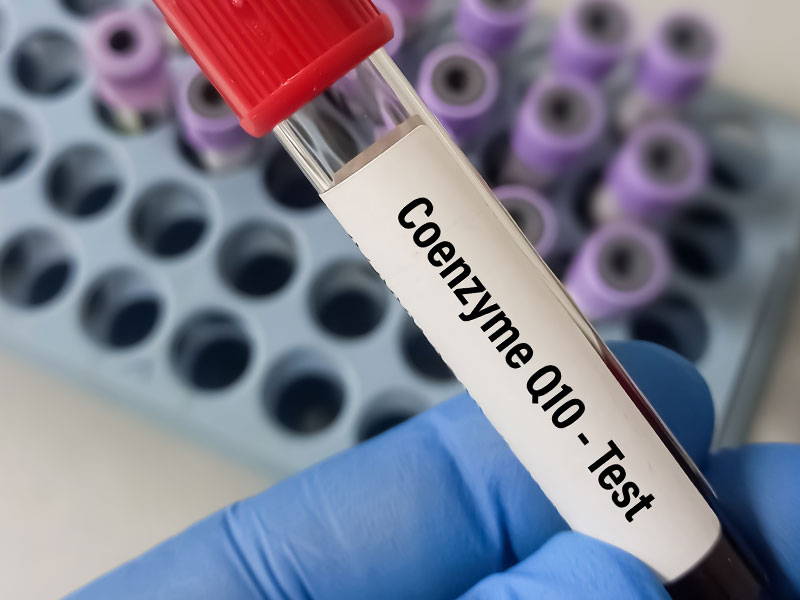
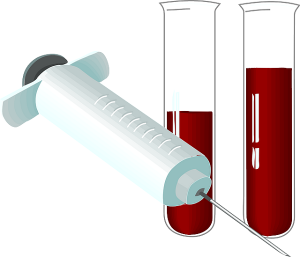
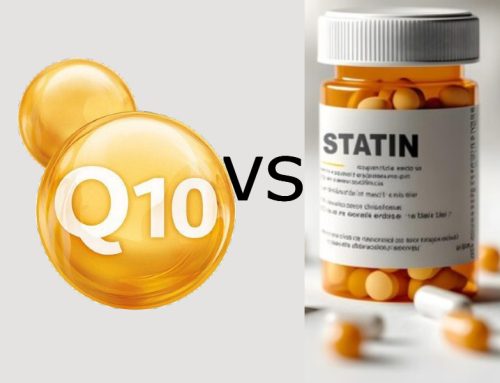
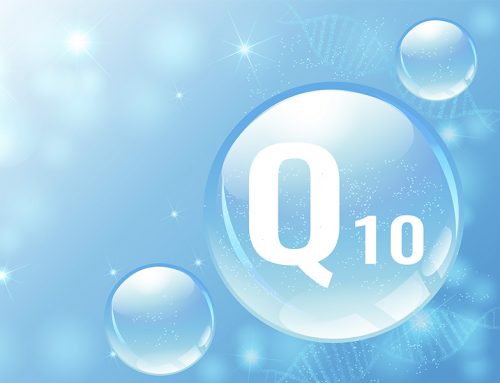
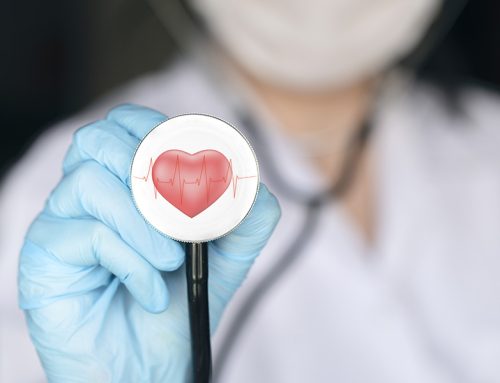

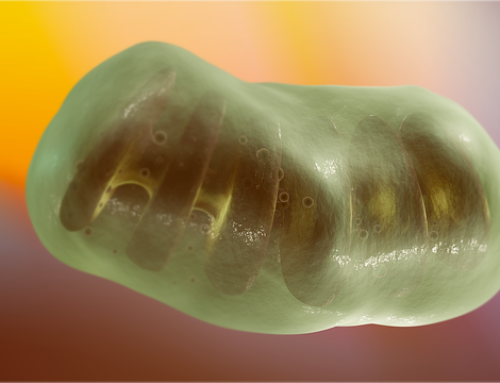

What are the blood levels of q10 for 21 year olds (men if it matters)? I see the average levels for 43 year olds but I am wondering the levels for those half their age? Also if you know how much q10 would 40 year olds need to take to equal the levels of healthy 20 year olds on average. Please send a copy of the response to my email. Thanks most kindly in advance for answering my question. All the best.
Hello Edward,
I consulted Dr. Judy about your questions. He knows much more about Coenzyme Q10 than I do.
He answered as follows:
— Studies done on Caucasians show that 20-year-olds have a plasma CoQ10 level between 1.2 and 1.4 micrograms per milliliter.
— 44-year-olds have a level of about 0.9 and 1.1 micrograms per milliliter.
— A 100-milligram dose daily of the best crystal-free CoQ10 supplement will raise the plasma level to 3.8 to 4.2 micrograms per milliliter.
— It will take 300 milligrams per day of other CoQ10 products to do this.
May I ask, Edward, what is your measured plasma CoQ10 level?
Thank you,
Richard
My daughter has been diagnosed with child migraine & it’s been said CoQ10 might help. As she is only just coming up to 9 years old, what dosage of CoQ10 would be appropriate for a child her age?. How do we test for her level of CoQ10?
At the moment, it’s not too severe yet & we are wanting to try non-medical alternatives to prevent future attacks.
There isn’t much written re. children’s dosage on the Internet.
Would appreciate some advice.
Much appreciated.
Dear Mrs. Maymay,
I asked Dr. Judy about your question concerning your daughter’s migraine. He and his research group have experience with Coenzyme Q10 and migraine. Here is his answer.
“The use of CoQ10 in the treatment of migraines in children and adults appear is real. We currently have about a half dozen adolescents and adults taking CoQ10 for migraines. We have supplied many individuals with CoQ10 over the years for migraines. It takes a few weeks for the CoQ10 to be effective (Blood brain barrier). We recommend 100 mg per day for children and adolescents. In older adults, we recommend 200 mg per day. The individual should be reminded that all CoQ10 products are not the same. The best product appears to be the crystal free product in that the body can’t absorb a crystal.
Most of all, the individual should be reminded that CoQ10 does not act rapidly. The CoQ10 should be taken with a meal containing some fat. Fat enhances the absorption of CoQ10. The best CoQ10 product appears to be the crystal free product. With this product we manage the migraines with as little as 50 mg per day.”
Thank you,
Richard